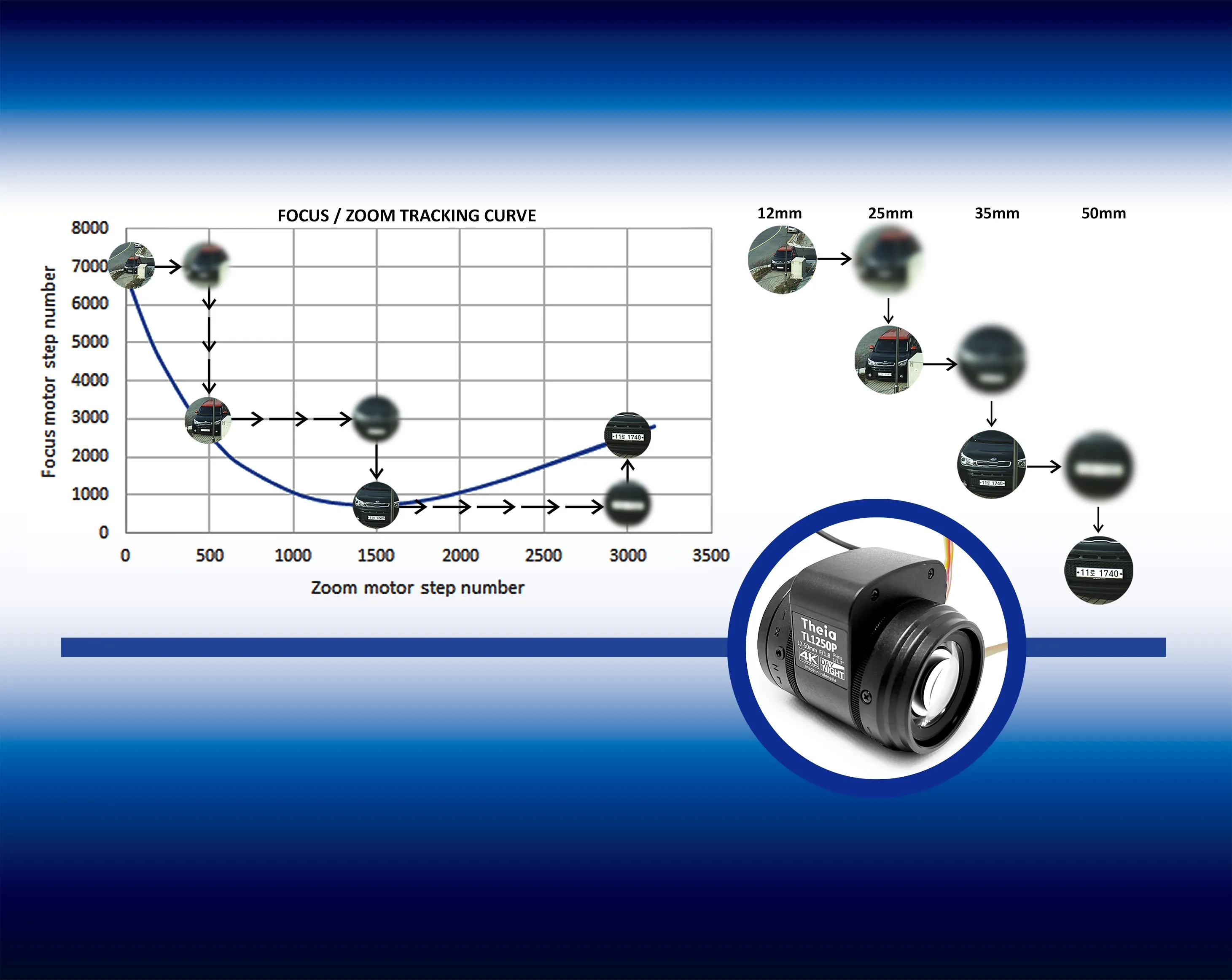Tattile has expanded its product range with a C-mount hyperspectral imaging camera, the TAG5-Hyp, which has a compact snapshot mosaic sensor available in two versions. The 4x4 filter array with 16 HSI bands captures visible light in the spectrum of 470-630nm, while the 5x5 filter array with 25 HSI bands captures near infrared light in the wavelength between 600-975nm.
April 20, 2017
Read time: 1 min
The 4x4 filter array with 16 HSI bands captures visible light in the spectrum of 470-630nm, while the 5x5 filter array with 25 HSI bands captures near infrared light in the wavelength between 600-975nm.
The new camera measuring 34x34x59mm, is compatible with the GigE Vision and GenICam standards and comes with a CMV2000 global shutter image sensor operating at 44 fps while Power over Ethernet facilitates easy installation.









